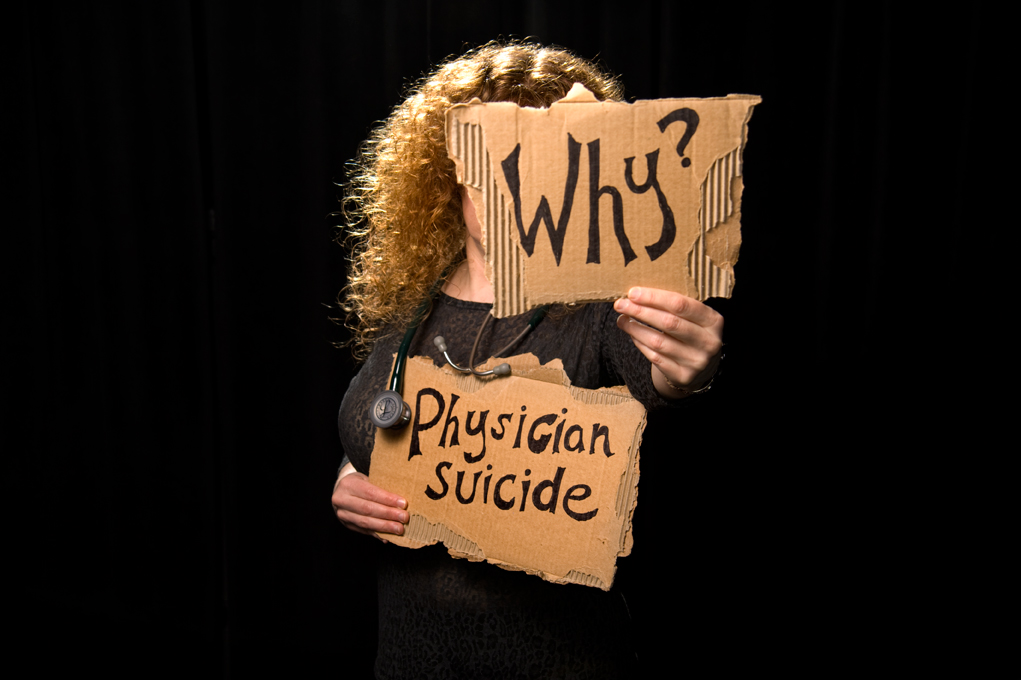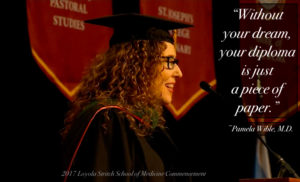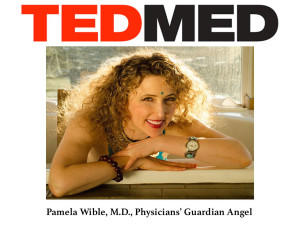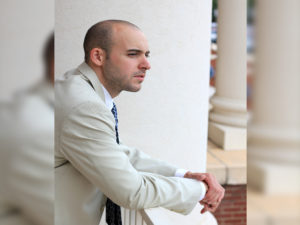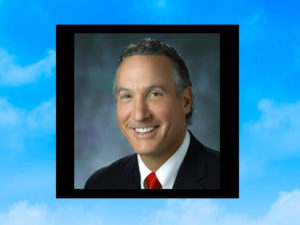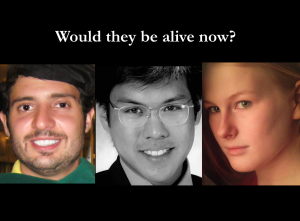The cover of my forthcoming book, Pet Goats & Pap Smears, has generated controversy on the proper display of women’s bodies for public consumption. During the last few days, I’ve heard from over one hundred people who have shared their joy (and their rage) over my book cover.
I was intrigued by such divergent and emotionally charged reactions.
A patient offered this analogy, “A typical magazine at a grocery checkout counter will advertise 101 chocolate cupcake recipes next to how to lose 15 pounds in 15 days. Americans are overfed, yet starving. It’s the same thing with sex.” she explained, “Our culture rams it down our throat and then says it’s bad, don’t do it.”
America is excessively sexualized, yet I find many people are clueless about their feelings, their bodies, and their sexuality.
I grew up in Texas–a landscape of strip clubs and churches. I’m well adjusted to the ads with bikini-clad women holding M16 assault rifles and toddler beauty pageants with four-year-old girls prancing about in false eyelashes, spray tans, and high heels. This is America.
I remember being a girl. Once my little brother opened the bathroom door while I was peeing and asked, “You pee out of your butt?” I said, “No.” He was only five, so I let him slide. But when forty-five-year-old men ask if women pee out of their vaginas, I take a deep breath, sit down, and pull out a diagram to explain the three holes. As a physician, I shouldn’t have to review basic female anatomy with grown men. Should I? But I’ve been explaining basic anatomy to patients for years. Some women complain that men can’t find the clitoris, even in the middle of the day.
None of this surprises me–anymore.
While editing my book a few months ago, Michigan State Representative, Lisa Brown, was barred from speaking on the House floor during a debate on reproductive rights when she said the word “vagina.” Apparently, male legislators felt the anantomically correct term was offensive.
At the same time, I was gathering endorsements from physicians for my new book. That was when one doctor said that he could not endorse my book. I wondered why. He told me he was uncomfortable with some of the topics in my book. Intrigued, I asked, “What topics?” He explained that, as a specialist, he didn’t have to deal with chlamydia, gonorrhea, penises, and vaginas anymore.
Then a few weeks ago, two male photographers entered my clinic to shoot the cover of Pet Goats & Pap Smears. I explained that there would be a woman wearing undergarments in the Pap position. They looked baffled and laughed. “What exactly happens during a female exam?” they asked. I pulled out the stirrups and jumped up on my exam table to demonstrate the position that every woman in America gets into every year for their exams. They were most appreciative for the explanation. And they took a perfect cover shot. Thanks guys!
Here’s what surprises me: In America men can find pole dancers, but they’re not too sure how many holes women have. In America, we have male lawmakers and doctors who make decisions about women’s health, but they’re not exactly comfortable with the word vagina. In America, it’s okay to drape half-naked women over gun ads. But please don’t put a woman in the anatomically correct position for a Pap smear on the cover of a book that celebrates women’s health. Oh, with a goat facing the audience wearing a stethoscope. Now, that’s offensive.

Pet Goats & Pap Smears
http://www.petgoatsandpapsmears.com/


